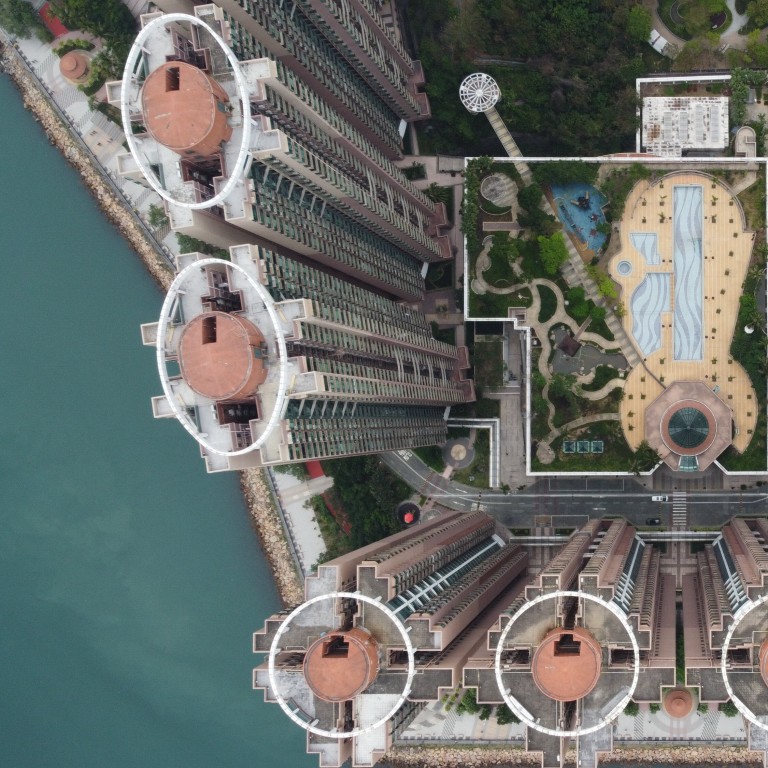
Hong Kong’s lived-in home prices hit new high as economy rebounds from social unrest, coronavirus, according to Centaline Property index
- The Centa-City Leading Index hit 191.34 in the first week of August, marginally higher than the high of 190.48 in June 2019 when civil unrest first broke out
- Recovery is being fuelled by low interest rates making mortgage repayments manageable, say analysts
The first sign that Hong Kong home prices have reached new highs has emerged.
The mortgage rate, currently at about 2.5 per cent, means homeowners’ repayment burden is 70 per cent lower than it was in 1997, the height of the property market boom, he said.
Chan said the easing of the coronavirus pandemic locally had driven domestic consumption, which in turn had boosted the economy and the housing market.
Even homeowners who are eager to up sticks and leave Hong Kong in the wake of the political upheaval that has plagued the city generally have financial holding power and will not be easily persuaded to lower their prices under the low-interest rate environment, said Chan.
Even though recent stock market volatility led to a drop in property transaction volumes of about 30 per cent last month, Chan is optimistic that the outlook will improve with the potential reopening of the border with mainland China later in the year.
He expects a 40 per cent jump in transaction volume this year compared to 2020 and a further increase of up to 10 per cent in home prices, with the annual increase coming in at around 15 per cent and the CCL surpassing the 200-mark.
Martin Wong, director and head of research and consultancy for Greater China at Knight Frank, is similarly sanguine.
“Hong Kong home prices surge mainly due to strong demand coupled with low interest rates,” said Wong. “As monthly mortgage payments are lower than rents, it will encourage more people to buy than rent.”
Knight Frank has revised its forecast for home price growth from 5 per cent to as much as 8 per cent this year.
“[The CCL] is the first indicator to show Hong Kong used home prices at a historical high. The government’s Rating and Valuation data should reflect it in the third quarter,” he said.
Whether Hong Kong home prices will continue to grow after the border opening allows mainland buyers to visit the city remains to be seen, he added.


